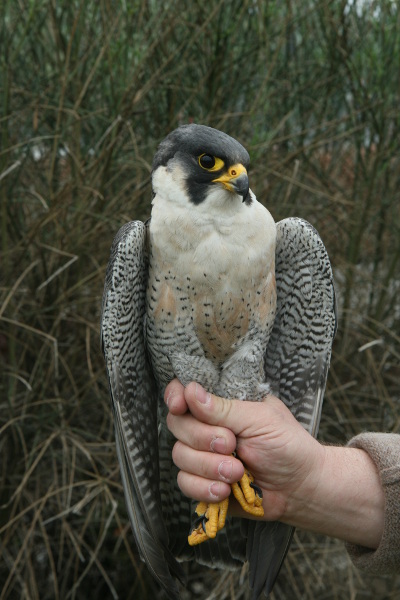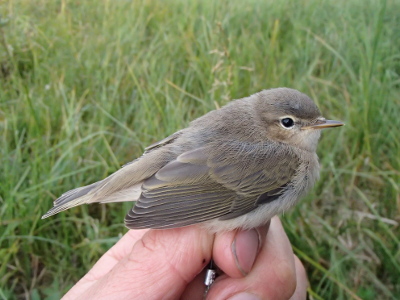Why ring birds?
Ringing is a tool for monitoring and observation of wild bird populations. This technique was used for the first time in 1899 by a Danish teacher named Ch. Mortensen. The initial aim was to find out where European breeding birds did spend the winter.
This objective is still valid today: wintering areas and migration routes of birds do not remain fixed, they evolve as a reaction to the deterioration of natural habitats and climate change. The aim was also refined to a better understanding of migration strategies. When to go? Which direction to choose? Where to go? Where to stop on the way to replenish energy reserves? When returning to the nesting sites? Next to that, ringing also offers the possibility to study demographics. What are the causes of death? Are they different by region, depending on the year? Do some pairs produce more young than others? Does this relate to adult bird characteristics or rather to the region, or to the combination of both?
If one wishes to continue to marvel at an overflying flock of Bewick’s Swans coming from the Russian tundra, to admire the song of the Marsh Warbler master in sound imitation, to be moved by "his" colony of House Martins who every spring, joined meticulously built nests on the front of his house, to be surprised by the care given to their youngs by a pair of Peregrine Falcons, the fastest animals in the world with dives that border the 400 km/h, then it is absolutely necessary to have this knowledge.
This is not only essential from a scientific point of view but also from a legal point of view since laws and regulations that ensure the conservation of wild birds in Europe, and especially Directive 2009/147/EC of the European Parliament and of the Council of 30 November 2009 on the Conservation of Wild Birds, are based on objective data to define the rules governing their protection, management and regulation.
Furthermore, ringing of birds gives the opportunity, at the same time, to take samples that allow, for example, to study the dispersal of pathogens (influenza, West Nile, Newcastle), the concentrations of pollutants (heavy metals, pesticides) and genetic relationships (reproductive strategies, taxonomy, hybrids).
BeBirds - the Belgian Ringing Centre aims to:
- organize the collection of quality data through a network of certified volunteer ringers;
- make the data available to scientists, professionals and amateurs, managers and policy makers;
- promote the development of knowledge through participation in training students;
- develop own research programs focused on the conservation of Nature.



